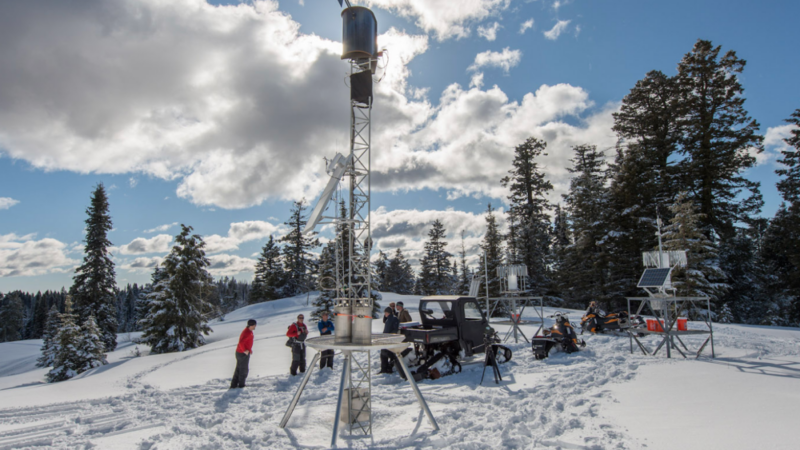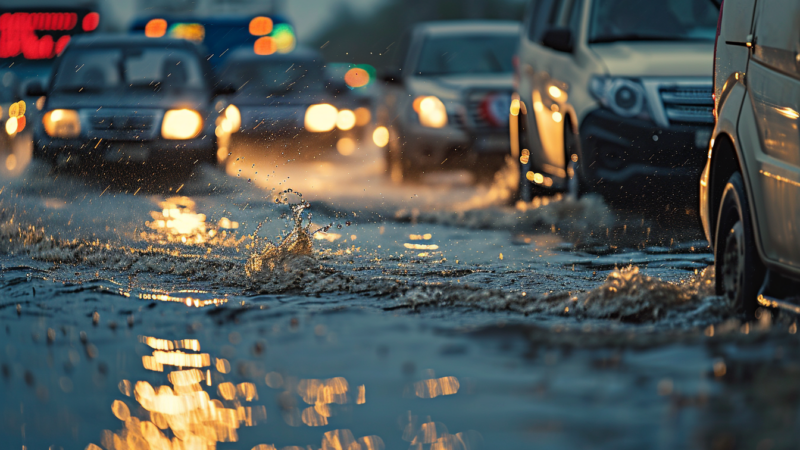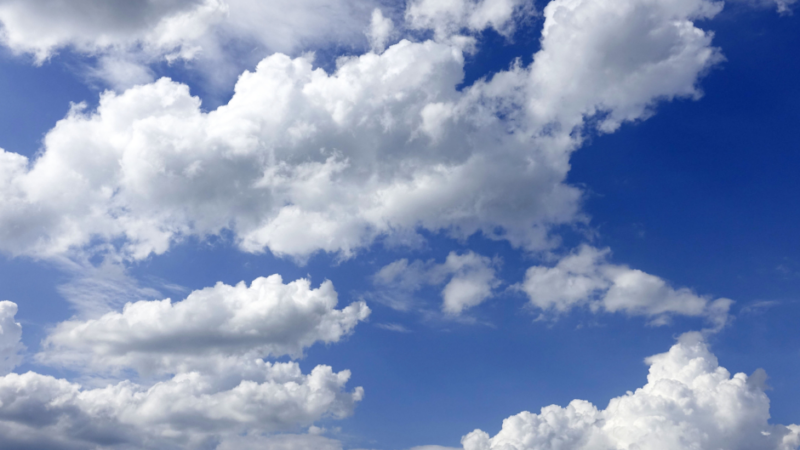What Are Toxins Doing To Our Kids?
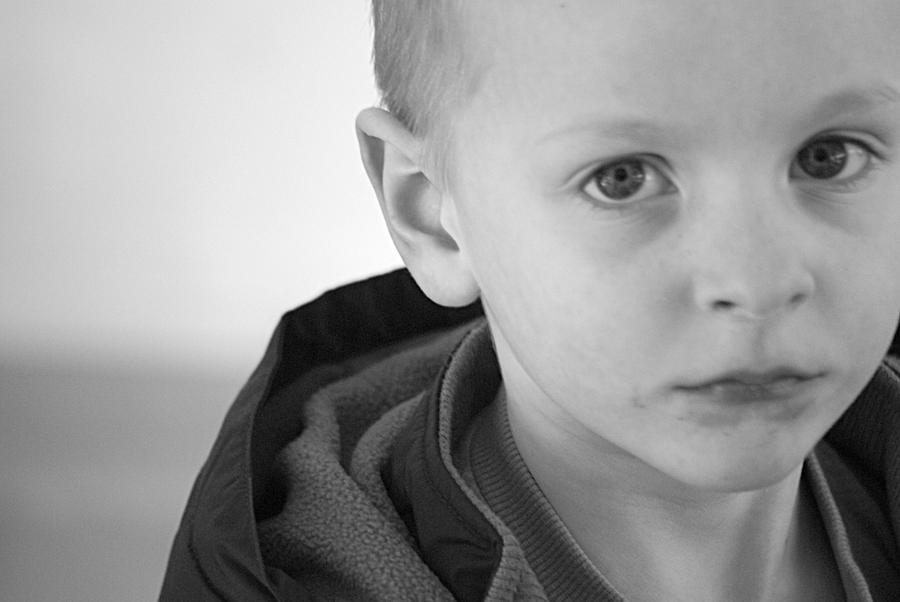
We cannot assume that just because chemicals are in common trade and usage that they have been evaluated for safety by our government or any other scientific board, nor that they have been approved. Most are not and have not. We’re strong parents who can face the truth and do something strong and positive and powerful with it to protect our kids, our neighbor’s kids, and kids in other countries who are still getting exposed to those same chemicals that have been banned for use in our country.
62,000 Toxic Chemicals & Failed Legislation
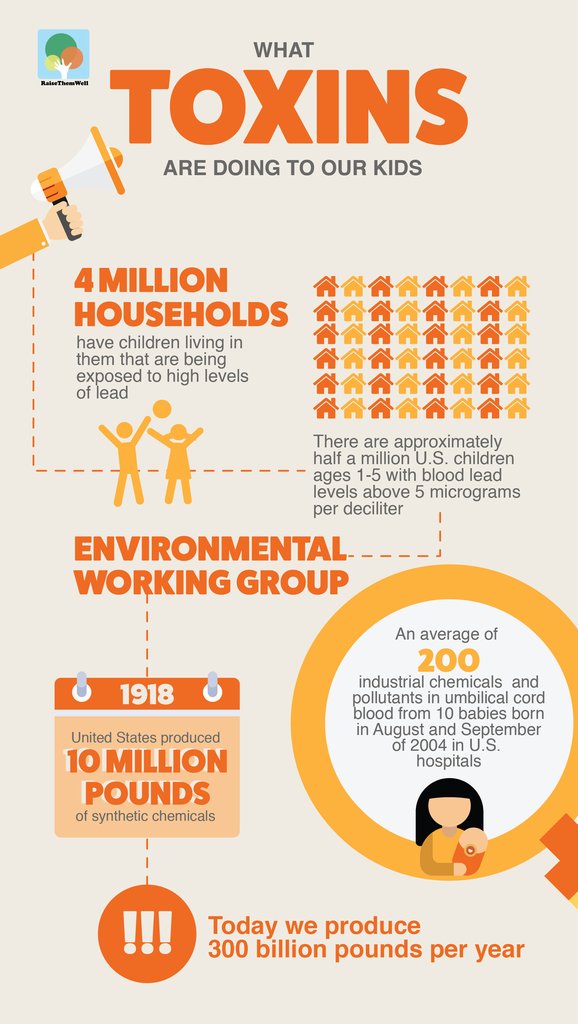
The Toxic Substance Control Act (TCSA), passed in 1976, is the US federal law that regulates industrial and consumer chemicals – the thousands of synthetic chemicals in use that are not intended to be used in medication, cosmetics, foods, or pesticides. At the time this law was passed, the Environmental Protection Agency was charged with creating an inventory of all existing chemicals, which were then to the biomarker for safety. At that time there were already about 62,000 existing chemicals. Rather than being tested, however, they were “presumed safe” and were “grandfathered in.”
Only 5 chemicals have been banned under the TSCA in over 35 years. Yes, 5! Do you find that as shocking as I do?
The EPA has otherwise been entirely unable to require testing on, regulate, or remove any of the remaining chemicals from the marketplace. Only a few states in the US – California, New York, and Massachusetts among them – have state laws relevant to children’s environmental health. California put legislation in place so that by 2012, 1200 chemicals identified by the EPA were to be regulated; NY, MA, and CA require commercial pesticide applicators and farmers to report pesticide application to the state, and CT has banned BPA use in carbonless receipts from banks and retail stores due to its risk of absorption and potential harm to offspring when childbearing women who handle these regularly at work are exposed.
Of the over 80,000 chemicals now in use in the US, it is clear that many are harmful to human physical and neurological development. Exposure at various vulnerable times during pregnancy, infancy, early childhood, and even though the teenage years when the lungs, endocrine, and nervous systems are still developing, can result in the same health problems increasing amongst our children including those I mentioned earlier. Because of their surface area-to-body weight ratio and immature detoxification abilities, most toxins impact children’s health harder than they do us grown-ups.
https://healthfreedomidaho.com/our-kids-are-so-very-sick
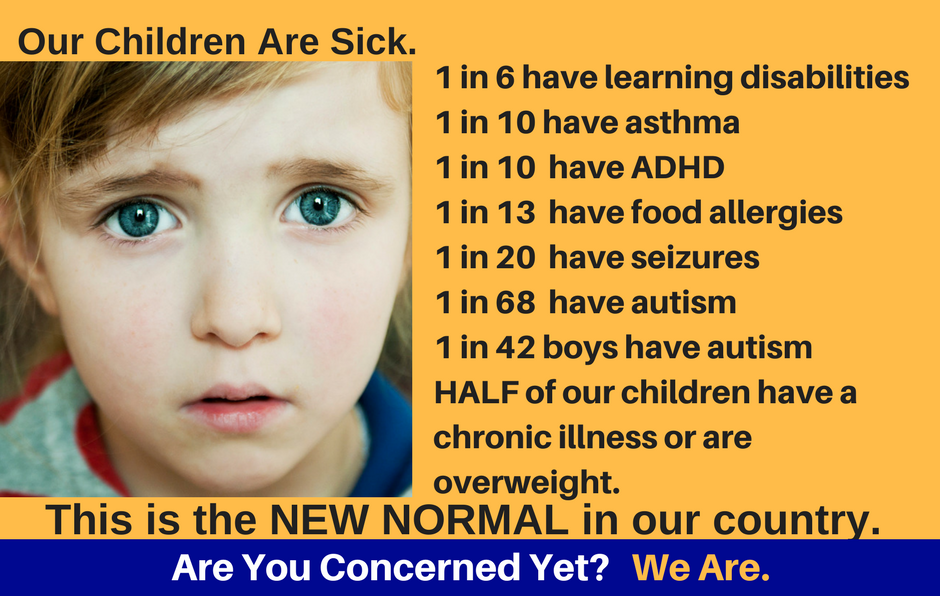
What You Can Do to Protect Your Children from Environmental Toxins
1. Optimize nutrition
Great nutrition has two key benefits – eating natural foods with as little packaging and as few additives, colorings, pesticides, and herbicides as possible reduces chemical exposures for our kids (even after just 5 days of switching to mostly organic produce, kids’ blood levels of toxic agricultural chemicals go way down). Also, good nutrition boosts our natural ability to detoxify environmental toxins. I recommend that kids get at least two brightly colored fruits or vegetables at each meal (think carrots, blueberries, squash, for example). Healthy All Year has an entire section of lessons dedicated to teaching you how to use nutrition to boost your child’s immunity and support natural detoxification. You’ll also learn which supplements you can use to enhance detoxification naturally and safely, without breaking the bank!
Teach your children about real foods Food Renegade has a new lesson book a great resource to learn together.
2. Get Educated & Reduce Exposures
Knowing which industrial, household and personal products (i.e., shampoos, lotions, sunscreens) are most toxic is key to protecting your child’s health. You also need to know which are the healthier alternatives. The Environmental Working Group, which has recently merged with Healthy Child, Healthy World, another of my favorite environmental advocacy groups. Other advocacy groups, Robyn O’Brien’s Allergy Kids, and Beth Lambert’s Epidemic Answers. Support the body’s ability to naturally detox.
3. Don’t be Afraid to be Called “Mean Mommy” and Other Names
It’s our job to be parents and that means keeping our kids out of harm’s way when we can, even if it makes us temporarily unpopular. While we want our kids to live comfortably in the world, and not make life feel too restrictive, how comfortable is obesity or a hormone problem, really?
Yes, my kids called me “mean mommy” because I refused to let them wear the cool pajamas their friends were wearing – the ones treated with flame retardant chemicals. Now, 25 or so years later, the data is unequivocal. Flame retardants are seriously hazardous to our health, and more so to young children whose exposures far outweigh our own, and in whom exposures at critical times may have a detrimental impact on immunity, hormones (including those that impact obesity), and neurological health.
4. Join Together and Speak Up!
It’s amazing what powerful mothers, fathers, grandparents, and citizens have accomplished in making policy changes in their children’s environments from toxic paints and toxic foods in schools to environmental dumping, fracking, and chemical waste plant leaks. Health Freedom Idaho is a coalition of moms (dads, grandparents, concerned citizens) who are speaking up. It is no small task, but clearly, the government isn’t going to clean this problem up for us, so we’ve got to be activists for our children’s health!
Will you join us!
- $10 annual membership.
- Become a volunteer
- Commit to being a twice a week 5-minute activist – liking, sharing and commenting on our posts!
Impact of Toxins on Children’s Health:
Aviva Romm https://avivaromm.com/government-failing-to-regulate-toxins-harming-kids/
ToxicFreeTribe: 16 ways to reduce toxic exposure
Generation In Jeopardy: https://www.psr-la.org/PesticidesReport

